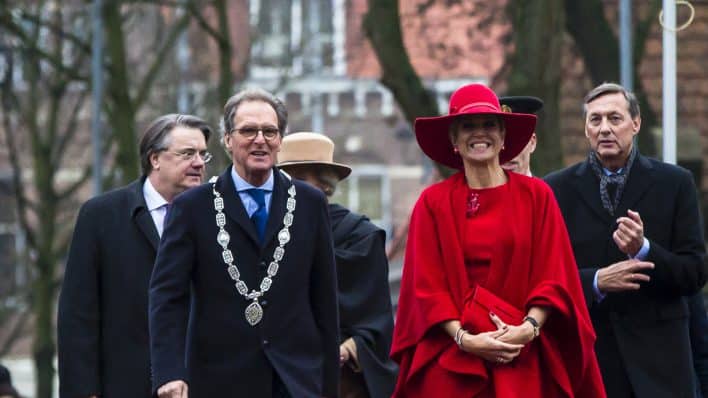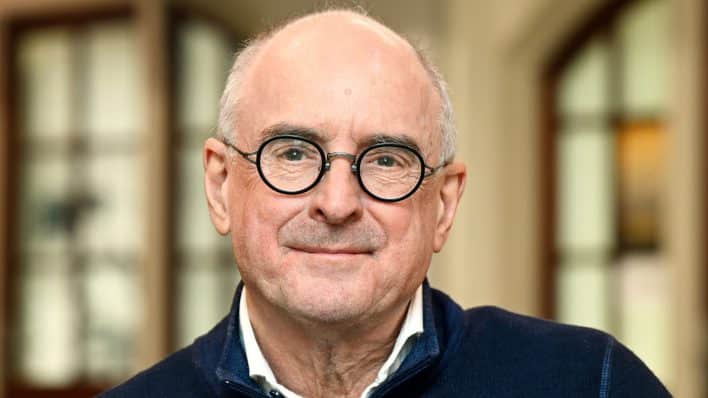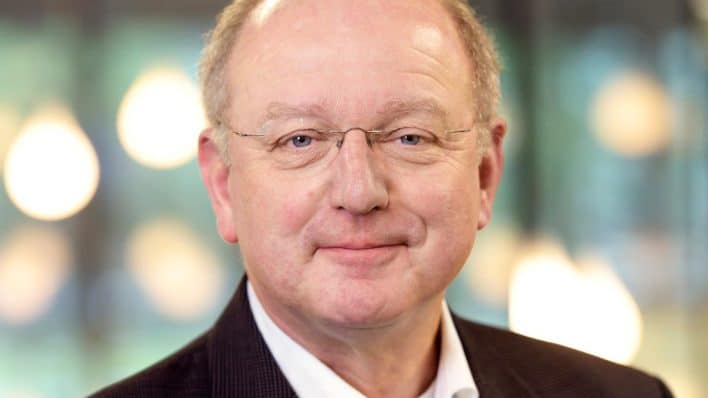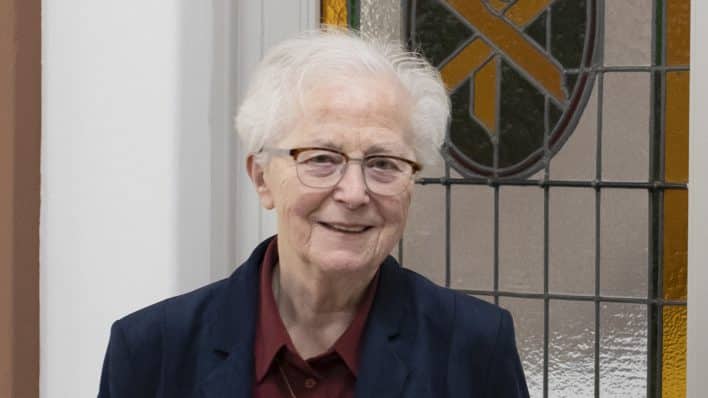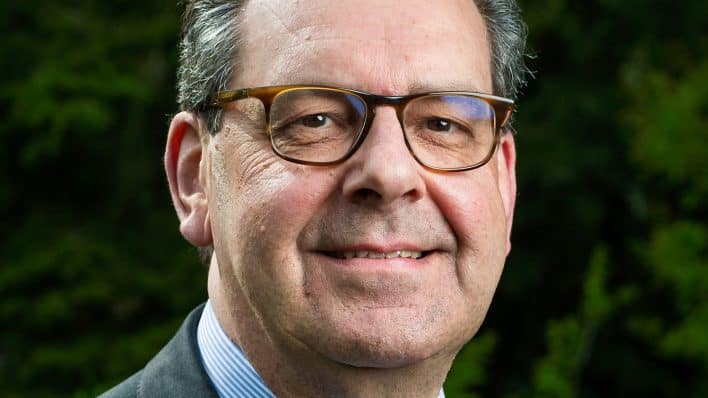Even marriages of convenience can flourish
Posted on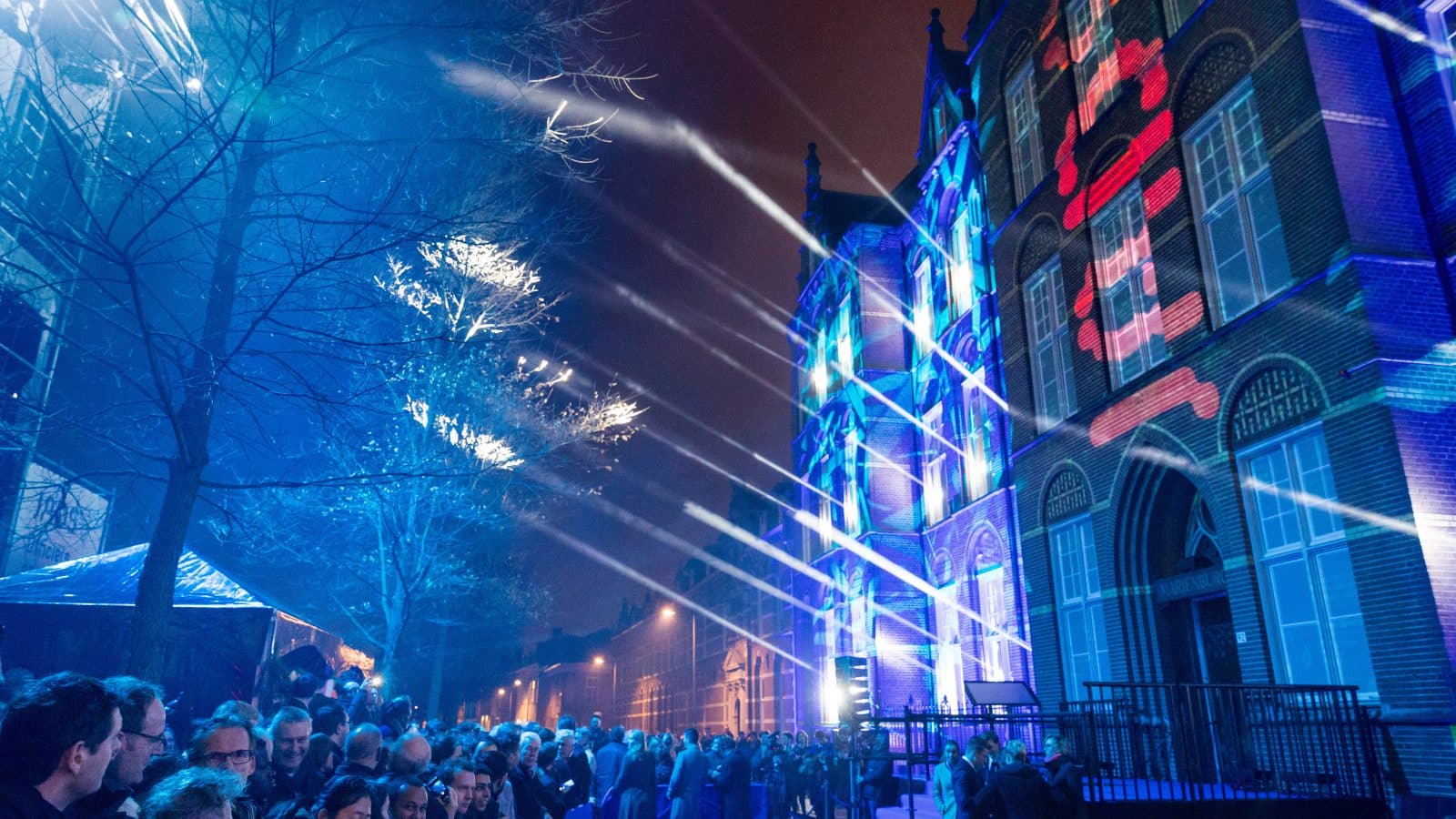
It is a marvellous opening, on a wintry afternoon in the festively lit chapel of the former Mariënburg convent, overlooking the small river Dommel meandering through ‘s-Hertogenbosch. The day is Thursday, December 1, 2016, and we are witnessing a gathering where hundreds of guests, including Queen Máxima, are present at the official launch of JADS. The institute is named after the medieval painter Hieronymus Bosch, one of the most famous sons of the provincial capital.
The opening in the chapel – now serving as an auditorium – is in many ways a metaphor for the genesis of JADS. The four main players, until that moment, operated almost independently of each
other: Tilburg University, Eindhoven University of Technology, the Province of Noord-Brabant and the city of ‘s-Hertogenbosch. That the universities initially had little in common probably had less to do with the perceived antagonism between the alpha and gamma sciences of Tilburg and the technical sciences of Eindhoven than with the unfortunate constellation under which they first became intimately involved with each other. In the 1960s, both were pushing for a medical faculty (which eventually went to Maastricht) making the institutions unwitting adversaries. All while both Tilburg University (founded in 1927) and Eindhoven University (founded in 1957) were still in a phase of construction. In order not to be completely deprived of medical-clinical higher education in Brabant, in October 1970 the Executive Boards of the then KHT and TH signed a cooperation agreement that would form the basis for SOBU, the Samenwerkings Orgaan Brabantse
Universiteiten. It got the wind in 1986, with a budget of 1.5 million guilders intended to “initiate and coordinate” the cooperation, but it did not come to fruition.

The Nederlands saxofoon octet plays several passages from Canto Ostinato, composed by Dutch composer Simeon ten Holt, during the opening ceremony of JADS
Turning point
At the beginning of the 21st century, there is a turning point, when the concept of big data begins to advance, also in the scientific world. It may be a diffuse concept, but it is clear that technological, economic, legal and also ethical aspects play a major role. And then the contacts that exist at faculty level turn out to be valuable. There are discussions about data science between the Executive Board of the TU/e and the Faculty of Mathematics and Computer Science. Dean Emile Aarts and computer science professor Wil van der Aalst have ambitious but costly plans. So much so that several parties are required. In Tilburg, the duo finds a willing ear with the Deans Corien Prins (Law) and Lex Meijdam (Economics and Business Studies). In consultation, a plan is develped for three data science centers, one in Eindhoven, one in Tilburg and one in ‘s-Hertogenbosch. All three will be there, with the location in ‘s-Hertogenbosch raising the most questions.
In the front row at the opening of JADS are not only the people from the very beginning, such as TU/e foreman Jan Mengelers, Emile Aarts (at that moment Rector Magnificus in Tilburg), as well as the first management team of JADS: Arjan van den Born, Angélique Penners en Willem-Jan van den Heuvel but also Ton Rombouts, then mayor of ‘s-Hertogenbosch. He can look back on an extraordinarily successful (more than 400,000 visitors) retrospective exhibition of Jheronymus Bosch, held earlier that year in the Noordbrabants Museum. The key to this success was the collaboration with scientists, without which the provincial capital would not have stood a chance for such a prestigious project. By supporting JADS – the municipality bought and renovated Mariënburg – ‘s-Hertogenbosch is taking the first steps on the path of a university city. Also in the front row are Wim van de Donk and Bert Pauli, then King’s Commissioner and Provincial Commissioner respectively
Preparation costs were paid from the innovation budget of the province with the prospect of a Brabant ecosystem in the field of data science. Under the direction of Pauli, a plan was made in
which ‘s-Hertogenbosch was positioned as the data capital, in the heart of a province full of data activity. The old idea of a university in Brabant was abandoned, but not the idea that collaboration
between two different universities can make a distinctive difference in a new field such as data science.
Feat
JADS may be called a feat. Where the armed forces in the run-up were formed by pioneering, inspired scientists with a talent for tenacity, administrators who knew how to connect vistas with pragmatics and an army of people behind the scenes who knew how to bridge contradictions. Questions are sometimes asked about the costs, about the relationship between science and business, but these do not detract from the fact that a coalition has been formed in the old convent. A marriage of convenience that is still developing, in which love does not always flicker, but where the
often advocated cooperation between alpha, gamma and science and technology has managed to wrestle itself from the proverbial laws and practical objections.
